In ancient China, all dynasties had a strict clothing system.
Cifu (Chinese: 赐服 ; pinyin: cì fú) is a clothing system.
The emperor would reward meritorious people with crowns and clothing to show kindness. The clothes given were usually higher than the rank of the recipient.
It is a great honor to receive such an award.
In the Ming dynasty Cifu system, the highest level pattern is Mang (蟒, python), the second is Feiyu (飞鱼), then Douniu (斗牛), and Qilin (麒麟), so clothes with these patterns are called: Mangfu, Feiyufu, Douniufu, and Qilinfu.
1. Mangfu (Chinese: 蟒服 ; pinyin: mǎng fú)
Mangfu is the highest level of clothing in the Ming dynasty, second only to the clothing worn by emperors.
The python pattern in the Ming dynasty is very similar to the dragon pattern, and the overall shape is almost the same as the dragon. The difference is that the dragon has five claws, while the python has four.
The mangfu must be worn with a jade belt, and the python pattern can be divided into “sitting python” and “walking python”.
Python sitting means sitting facing forward, while python walking means walking sideways. Python sitting is more dignified than python walking.
Left: Portrait of Zhang Juzheng with a sitting python
Right: Portrait of Kong Shangxian with a walking python
2. Feiyufu (Chinese: 飞鱼服 ; pinyin: fēi yú fú)
Feiyufu is decorated with patterns of feiyu or flying fish (although flying fish is not the definition of flying fish in the dictionary).
The biggest difference between the feiyu (flying fish) pattern and the mang (python) pattern is the tail, the forked tail pattern is the feiyu pattern, and the unbranched tail pattern is the mang pattern.
Above: Mang pattern’s tail on the mangfu
Bottom: Feiyu pattern’s tail on feiyufu
This small difference, sometimes even the emperor can’t tell the difference.
The “History of the Ming Dynasty Yufu Zhi” records that the Jiajing Emperor saw Zhang Zan, the minister of the Ministry of War, wearing mangfu, and said angrily to Xia Yan, a senior scholar: “Shangshu is only second grade, how can he wear mangfu without permission?” Xia Yan explained, “Zhang Zan wears the feiyufu given by His Majesty, not the mangfu.” The Jiajing Emperor said angrily, “Why does the flying fish grow two horns? We must strictly control them from now on.”
Feiyufu is also considered one of the symbols of jinyiwei (Chinese: 锦衣卫 ; pinyin: jǐn yī wèi).
But not all jinyiwei can wear feiyufu, and only senior jinyiwei officers can wear it.
3. Douniufu (Chinese: 斗牛服 ; pinyin: dòu niú fú)
Douniufu is the third bestowal garment after mangfu and feiyufu, and is generally given to officials above the third rank.
The douniufu pattern is not a bull/cow, but a creature similar to Qiu Chi (legendary horned dragon and Chilong).
The Ming dynasty douniufu has the shape of a python, has a fishtail, and the horns of its head are bent downwards like the horns of an ox.
The feature of the douniufu is that the two horns on the head are bent downwards like that of a bull.
4. Qilinfu (Chinese: 麒麟服 ; pinyin: qí lín fú)
Qilinfu was originally the common clothing of princes, marquises, concubines, and earls in the Ming dynasty.
However, because the Qilin was a well-known beast of virtue and righteousness in ancient legends, the emperor of the Ming dynasty also used the qilinfu as a gift and presented it to ministers of the fourth and fifth ranks.
Jinyiwei and the commander of the guard can also wear qilinfu.
The pattern of the qilin in the Ming dynasty is of a dragon’s head with double horns on the head and scales on the body, the back is often toothed, and the feet are hooves. The hoof-shaped feet were the most obvious difference between the qilinfu in the Ming dynasty and other bestowal clothing.
The above four types of cifu were widely used in the Ming dynasty.
The mang, feiyu, douniu, and qilin patterns are variations of the dragon form.
The so-called mangfu, feiyufu, douniufu, and qilinfu, are derivatives of the emperor’s dragon robe.
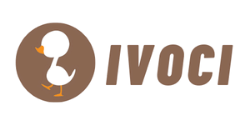
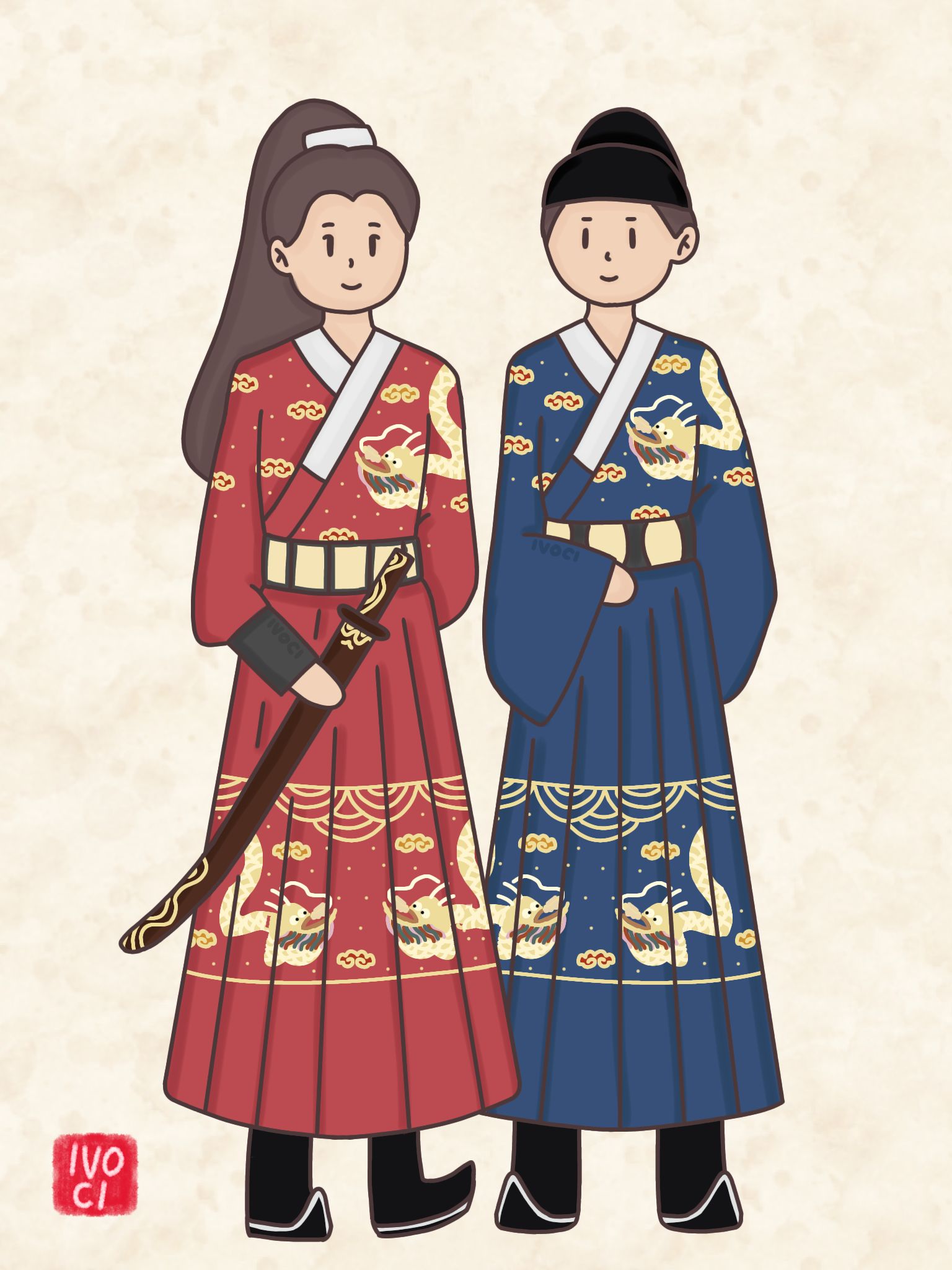
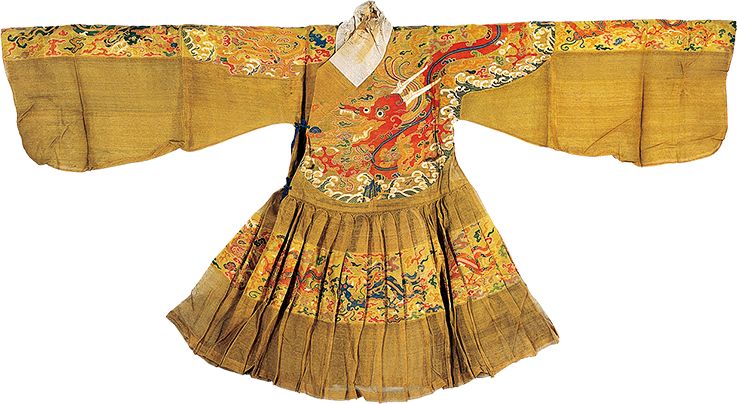
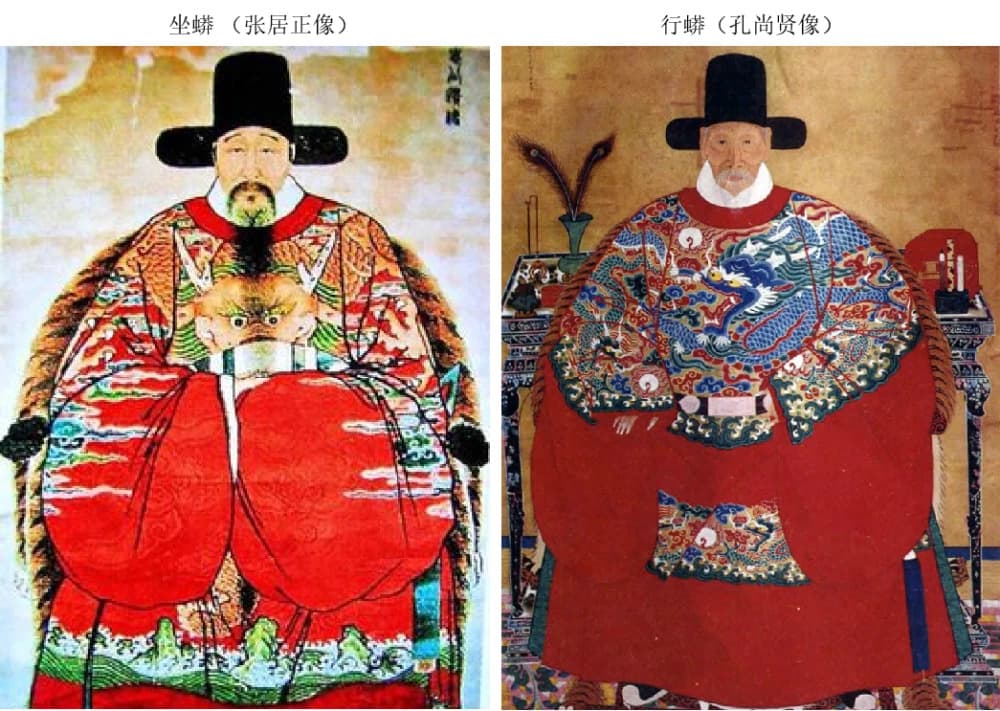
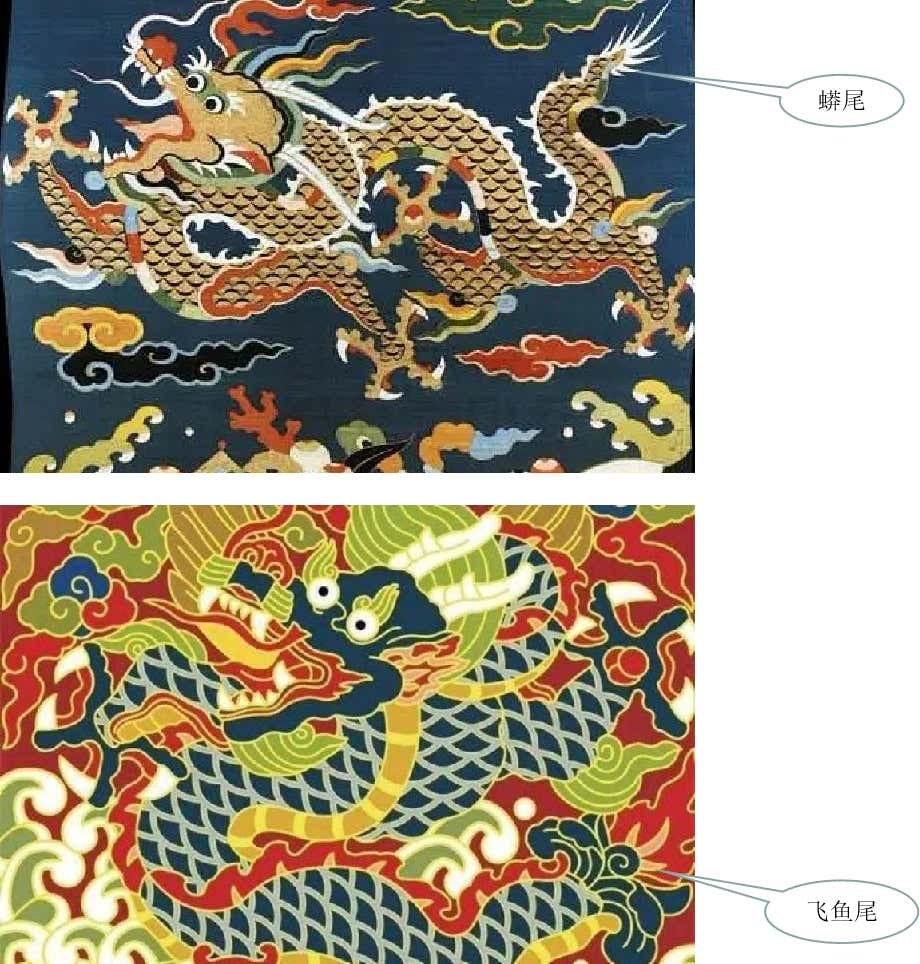
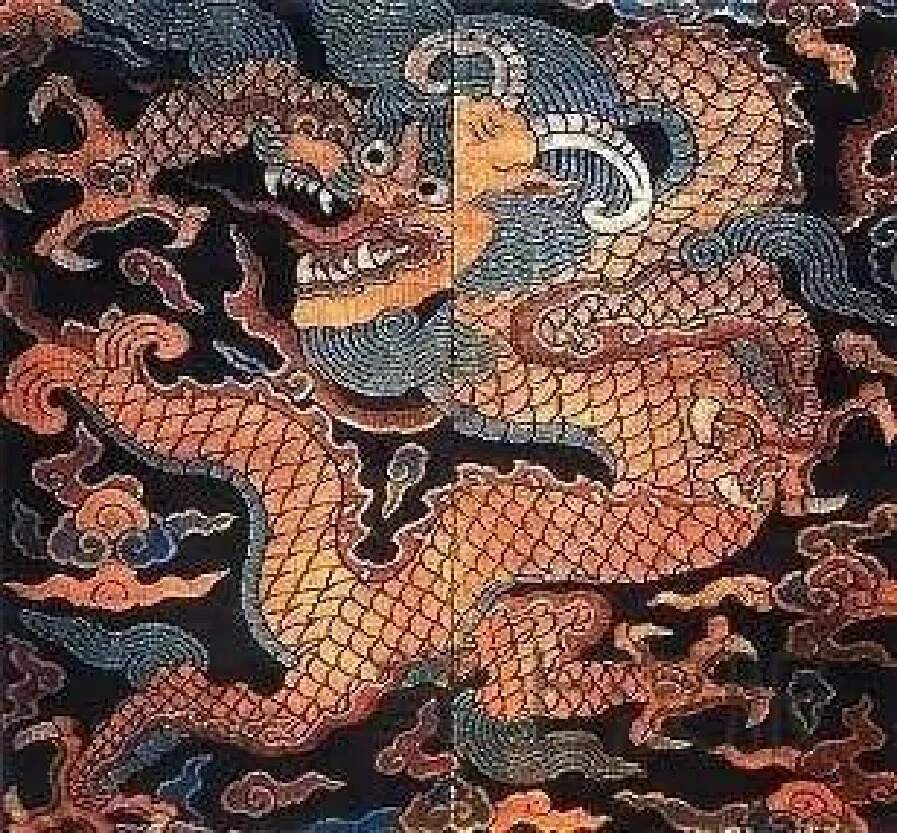
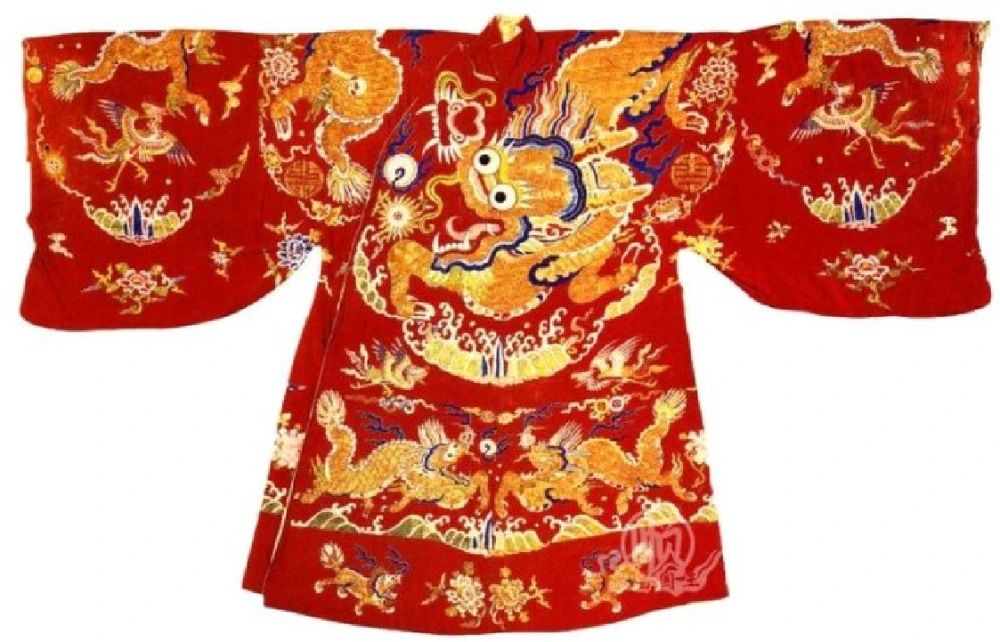
Leave a Reply